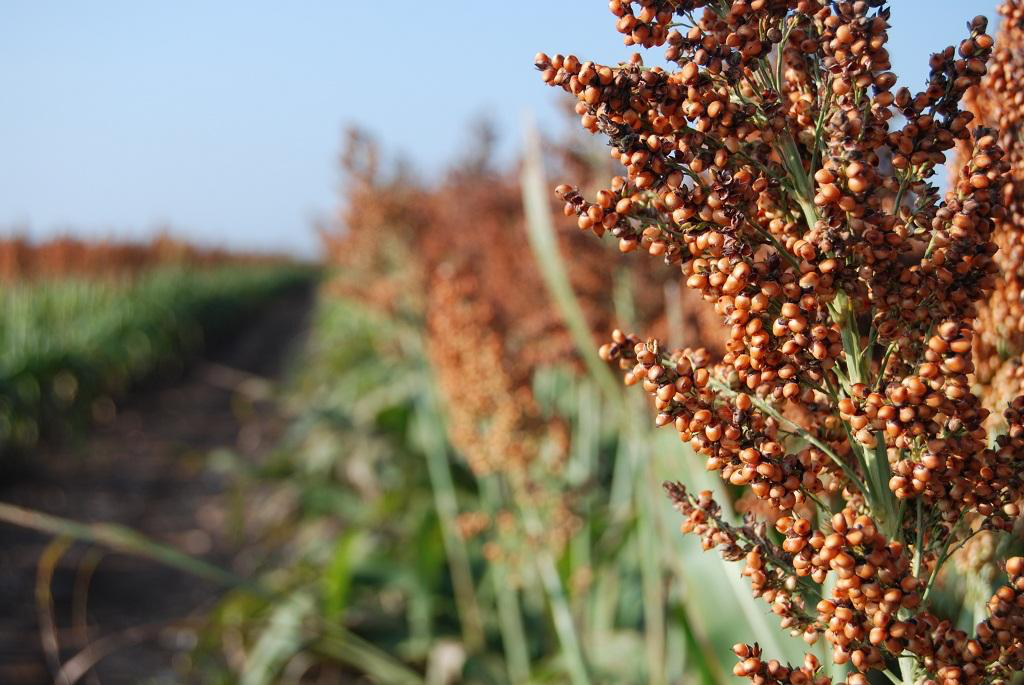Description

Disclaimer: Copyright infringement not intended.
Context
The development of new sorghum varieties by scientists from the United States Department of Agriculture (USDA) that have the potential to address the nutritional needs of mothers and children in sub-Saharan Africa.
Details
- Scientists from the United States Department of Agriculture (USDA) have developed new sorghum varieties.
- These varieties have the potential to address nutritional needs in sub-Saharan Africa.
- The study focuses on the integration of multiple traits into sorghum plants.
Significance of Sorghum in Sub-Saharan Africa
- Sorghum is a significant crop in sub-Saharan Africa.
- Around 300 million people depend on it for various purposes.
- Grown in semi-arid and drought-prone regions where other crops struggle.
Nutritional Benefits and Challenges of Sorghum
- Sorghum offers benefits such as protein, fiber, vitamin B, and micronutrients.
- However, it lacks sufficient vitamin A precursors and key minerals like iron and zinc.
- Nutritional deficiencies can lead to serious health issues, especially in children.

Biotechnological Approach to Address Malnutrition
- Scientists used a biotechnological technique in plant breeding.
- Aimed to make sorghum more suitable for regions facing food insecurity.
Enhancing Sorghum Varieties
- New varieties are enriched with provitamin A and non-provitamin A carotenoids.
- These varieties also include a more efficient phytase enzyme to enhance nutrient absorption.
Research Methodology
- Scientists evaluated carotenoid and mineral absorption using a laboratory digestion model.
- Model imitates the human digestive system.
- Series of trials conducted to determine the effectiveness of absorption.
Positive Results and Increased Nutrient Content
- Sorghum from the new variety produces significantly more provitamin A carotenoids.
- It can generate 32 times more provitamin A carotenoids compared to regular sorghum.
- Enhanced sorghum varieties lead to better mineral absorption.
Addressing Food Insecurity
- Food insecurity is a significant issue in sub-Saharan Africa.
- Diets often rely on carbohydrate-rich cereal grains.
- Deficiencies of vitamin A, iron, and zinc are common due to food scarcity and dietary patterns.
Health Impact on Children
- Vitamin A and mineral deficiencies are leading causes of death in children under five in the region.
- Enhanced sorghum varieties could contribute to addressing this issue.
Additional Carotenoids and Future Trials
- The new sorghum lines also contain lutein and zeaxanthin, crucial for eye health and brain development.
- Human trials in the future will confirm the impact of enhanced mineral bioavailability.
Collaborative Efforts and Conclusion
- The development of new sorghum varieties is a result of 20 years of collaboration.
- Collaborating institutions include USDA, Arkansas Children’s Nutrition Center, North Carolina State University’s Plants for Human Health Institute, and Corteva Agriscience.
|
PRACTICE QUESTION
Q) Discuss the significance of the newly developed advanced sorghum varieties in addressing nutritional challenges in sub-Saharan Africa. Analyze the potential impact of these enhanced sorghum varieties on child health, food security, and overall well-being in the region. (250 words)
|
.jpg)
https://www.downtoearth.org.in/news/africa/these-new-sorghum-varieties-might-help-sub-saharan-africa-meet-nutritional-needs-91013











